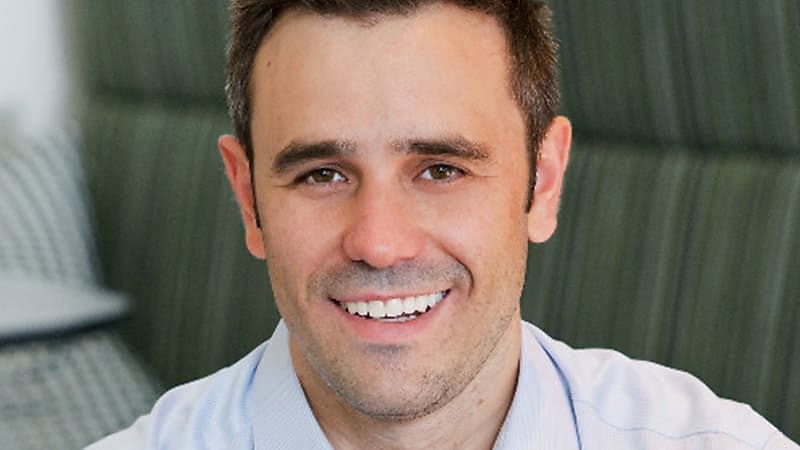SMSFs driving growth of ETFs: expert
SMSFs are now using ETFs to get access to other sectors of the share market that are performing well said a leading investment adviser.
In the latest SMSF Adventures podcast by SuperConcepts, Chris Brycki, founder and CEO at Stockpot, an online investment advisory service, said there has not only been an increase in the buying and trading of ETFs by self-managed funds, but they are also using them to invest in resources and gold.
“The other interesting trend at the moment is that money’s going into a lot of the cash and fixed-interest ETFs and I think a lot of self-managed super funds ignored these in the past because the returns and the effective yields or your distributions from these ETFs were quite low when interest rates were low,” he said.
“Because the RBA has increased interest rates now 10 times over the last year, what we’re now noticing is that the returns on these cash ETFs and also these bonds and fixed interest ETFs look fantastic compared to what you can get in the bank.”
ETFs or exchange-traded funds are a group of products is basically a fund that’s listed on the stock exchange, and Mr Brycki said on the ASX that gives investors access not just to an individual company, but a broad range of different companies or investments.
“That could be something like the ASX 200 or the S&P 500, the US index or an asset like gold or government bonds,” he said.
“ETFs allow you to buy these asset classes or give good exposure to all these underlying companies or assets with a single trade.”
Mr Brycki said ETFs have had a phenomenal growth over the past 10 years due to their low cost and their transparency which allows investors to see all of the underlying shares within a portfolio.
“They’re easy to buy and sell on the stock exchange and importantly for long-term investors like self-managed super funds, they are really tax efficient,” he said.
Mr Brycki said one of the key benefits for SMSF in owning ETFs is that allows for broad diversification which is important when building long-term wealth.
“The other factor that’s important is that they are typically lower risk than buying a portfolio of direct shares or even investing with a fund manager,” he said.
“That diversification actually helps to reduce the ups and downs in your portfolio.
“I think a lot of self-managed super funds are recognising that ETFs give you access to markets that weren’t easy to access in the past such as global shares.
“Rather than having to go and buy shares in the US, you can now buy an ETF in Australia that allows you to have a lot of US company exposure, or it could be emerging markets or even an entirely different asset class like government bonds.
“Building diversification and spreading your risk is not only something that’s useful within shares in Australia, but also more broadly across other assets and that’s where we’re really seeing a big benefit.”
Mr Brycki said because the markets have been volatile over the past 12 months most SMSF portfolios don’t have too many standout asset classes.
“However, within our ETF portfolios, we’ve seen that gold which is a part of all of our portfolios is actually up 14 per cent,” he said.
“That’s actually helped provide a bit of a stabiliser or a ballast for the rest of the portfolio that hasn’t done as well. ETFs allow you to reduce your risk, give you more broad exposure around the world in terms of different investments.”
He said that for SMSF clients, income is particularly important and ETFs help them to get access to income because they can pick and choose ETFs that provide higher income.
“For the younger SMSF fund members capital growth is more important and ETFs like global shares, US shares, shares in countries like China and India are a really important component if they want capital growth over the long run.”
According to SuperConcepts’ own data, the holding of ETFs in the under-40 years cohort of SMSFs is rising, said Sarah Pressler, national manager, key accounts at SuperConcepts.
“The holding of ETFs in that cohort is really on the rise and I think the reason for that is that demographic looking for control and independence,” she said.
“They can go to an ETF and say ‘this is the goal that I’m after’. But it goes without saying that the cost-effectiveness for the low balances and the entry-level SMSF it is really important as well.”
Mr Brycki said ETFs have grown from $10 billion to $130 billion and a lot of that has been driven by self-managed super funds.
“I saw a statistic recently that one in two SMSFs went into ETFs rather than buying on the stock exchange.”
“We’re also hearing that there are a lot of self-managed super fund trustees that are now approaching retirement and really wanting more time to travel, spend time with family and kids and not have to worry about investments.
“So, I think there’ll be a continued shift of money out of direct shares into ETFs by SMSFs.”








